Dahl agrees with Birkelund that continuity is vital.
“All coaches follow the same line in the Norwegian federation, regardless if they coach 14-year-old girls or the senior national teams. We count on continuity and a constant communication between all coaches. We challenge each other and knowing you will not get fired if you do not win a medal at a YAC event, it makes the coaches feel safe. Top nations such as Norway, Denmark, France or Sweden have this long-term strategy with long-term coaches in senior and youth levels — and the success is visible.”
This focus on development, in contrast to looking only at results, is also very relevant for Birkelund.
“Of course we want to win big matches, but this is not the main part of our talent programme, as we mainly concentrate on the individual development of every single player,” he says.
To educate a wider range of players, all age groups have more than the regular number of players, and all of them get the opportunity of playing major tournaments.
“In a four-year cycle with European and world championships, all players play only three tournaments at the most. More players get international experience and we have more players in our system,” says Dahl.
“You can easily point out the best player of an age group, but sometimes you need others for your future plans, and when the range is wider, the selection is easier.”
Another key in Norway is the extended coaching staff.
“Sometimes we have more staff than players at tournaments,” says Dahl.
Norway was one of the pioneers in taking care of mental health, and this is becoming more and more important in its youth programme.
“Young players are under constant pressure, we try everything to avoid this stress for them or we enable them to deal with this pressure,” says Dahl.
Birkelund also underlines the system of experts in Norway.
“Whether we talk about physical, tactical or mental training, the number of experts is huge around the teams, in all age categories. And all those experts are connected to guide the talents on their way to become a top player,” he adds.
“In the end, it is all about the close communication of schools, the clubs and the national teams. Our programme is focused on the women’s team, but also to develop the players for the Norwegian league was another core aspect, as they can become either professional players there or combine semi-professional handball with studies and jobs.
“After building those talents, we need to take care that they remain with handball. We give the players the tools to become a top player, and they have to use them for their career,” says Dahl.









